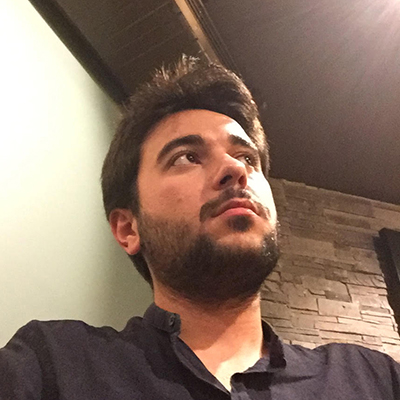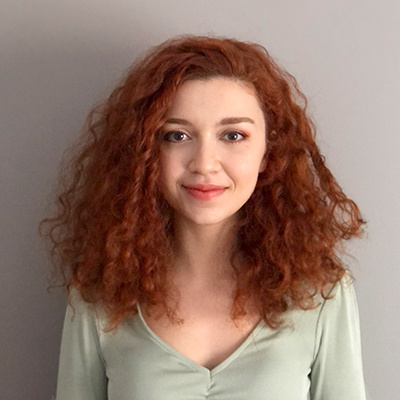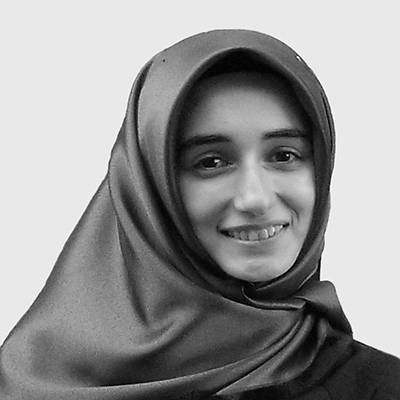MBL 512 Generative Systems in Architectural Design
Prof. Dr. Gülen Çağdaş Res Assist. Begüm Hamzaoğlu Res. Assist. Burak Delikanlı
2020-2021 Spring
Generative systems propose and arrange new physical-spatial interactions through holistic and systematic design methodologies. Various generative design models such as Shape Grammars, Fractals, Cellular Automata, Agent-Based Systems, Genetic Algorithms, Swarm Intelligence, L-Systems utilize a bottom-up approach for designing wholes based on functional interrelationships between parts.
The projects for the 2020-2021 Spring Term investigate the concept of emergence in the context of generative systems in architectural design. The key objective is to re-examine the connections, interactions, forces, networks, structures, and environments as emergent systems. Students were asked to develop generative models based on part/whole relations at different scales such as cell/organism, material/physical environment, design/production, building/urban environment, and shape/pattern.
Stage-Parquet Layout Design with Parametric Shape Grammar for Experimental Theatre Stages
Merve Taşdelen
This study aims to reinterpret the relationship between the audience and performer by the creation of theater-parter, provide diversity in the design phase and the movement of the parter platforms of the auditorium layouts created during the performance by using parametric shape grammar.
From Fiction to Construct In Architecture: An Adaptive Canopy Design
Betül Şen
In this study, the process from design to construction of an adaptable canopy was studied. The transition of the design output from its existence as an idea in the production phase to the construction phase with physical solution is shown and the interaction of adaptive designs with the environment as well as the designer is reflected.
Shell Design Using Origami and Cellular Automata
Hatice Melike Özbek
In this study, which the concept of “emergence” is handled with two different approaches; The ability to change, transform / adapt of origami and cellular automata are used together. A modular origami setup was designed; With the unexpected results from cellular automata, the potential of origami modules with the same folding system to create different spaces has been used. Thus, the concept of emergence; supported by the combined use of two generative systems. Throughout the process, manual studies and digital productions supported each other.
Urban Pattern Generation Based on Evolutionary Algorithms
Hüseyin Kadıoğlu
The phenomenon of emergence, interpreted with its non-linearity and unpredictability in the field of urban settlements and patterns, becomes an important movement in the exploration and understanding of its geometric behavior, organization, growth and configuration. The research presented in this paper includes the application of multi-objective optimization as an urban form finding process of the parametric model established with the objectives of green spaces, building heights and widths, courtyard dimensions, street widths and ground sun improvement in the dense urban texture for the integration of computational design and urban typology, and aims to discuss its results. .
Interactive Wall Design Using Music Data
Ayça Metin
User and music interactive wall was designed by taking the amplitude data of the music that is activated by the user’s touch and played in the environment at the sequence of user interaction, and using this data as the input of the cellular automata rule sets. This designed wall consists of equal panels, and as the user touches these panels, bringing the cells to life. The wall panels that have become alive are represented with a unique color code for each user. At this point, the cellular automaton has been used as an intermediary instrument to represent sound waves.
Cellular Automata Based Mass Modeling Algorithm
Ozan Balcı
Subject of the study is the development of a mass modeling tool for high-rise building design and the evaluation of the outputs. The developed tool is based on cellular automata method and enables user intervention in the design process.
Creating A Generative Procedural Modeling Tool: The Case Of Kayaköy
Barış Terzi
In this study, a procedural modeling tool that can produce housing types of Kayaköy, an emerging campus, is presented. Kayaköy, which consists of buildings that do not block each other’s view, sun and wind, is a settlement located on a difficult land with strong
inter-unit relations. This settlement, having certain housing typologies and inter-unit settlement patterns, enables the Kayaköy
Emergence Model. The procedural generation model, which is used while creating this emergence model, creates a dynamic
structure with the help of a series of rules. Rules can create different variations of the resulting structure or geometry. In the presented procedural model, shape grammar and split grammar are used. The created Kayaköy Emergence Model has the
development steps of defining the rule, coding the algorithm, creating parametric sub-element models, and making the interface design.
Motion-Sensitive Exhibition
Fatih Erdil
Shell produced works in harmony with the exhibition layout, environmental factors and human movement. The shell behaves like a living creature thanks to the fact that artificial intelligence can learn and perform what is learned in various time periods. It can be defined as the movement in the shell, the movement of the panels and the change in the transparency of the panels, depending on the factors that can be affected by the light of the exhibited.
Turkish House Shape Grammars: Applying Space Syntax and Evolutionary Algorithms for Alternative Plan Schema Generation
Selen Çiçek
The research offers a new approach to combine shape grammars and space syntax methodolgy for the alternative plan schema generation for traditional Turkish houses.The shape rules deciphered by Çağdaş, had been taken as the base rules for the grammar and new ones have been added in the process, to satisfy the requirements of modern dwellings and at the same time keeping the spatial organizational characteristics of traditional turkish houses.
Structural System Design with Agent-Based Modeling Tools
Berkay Öztürk
This study aims to create an automated system that provides the design of the
structural system in shell structures using agent-based modeling (ABM) tools and
the structural analysis of the resulting system.
Contributors
Copyright © Architectural Design Computing Graduate Program of Istanbul Technical University, Graduate School, Department of Informatics, 2021. No part of this site, [mbi.itu.edu.tr], may be reproduced in whole or in part in any manner without the permission of the copyright owner.












